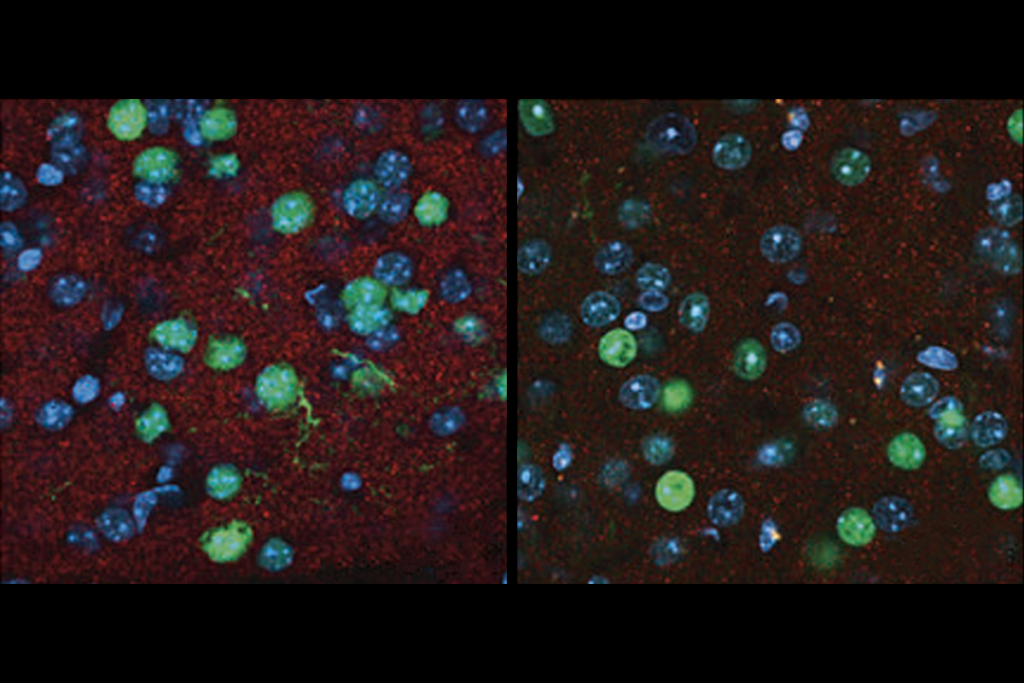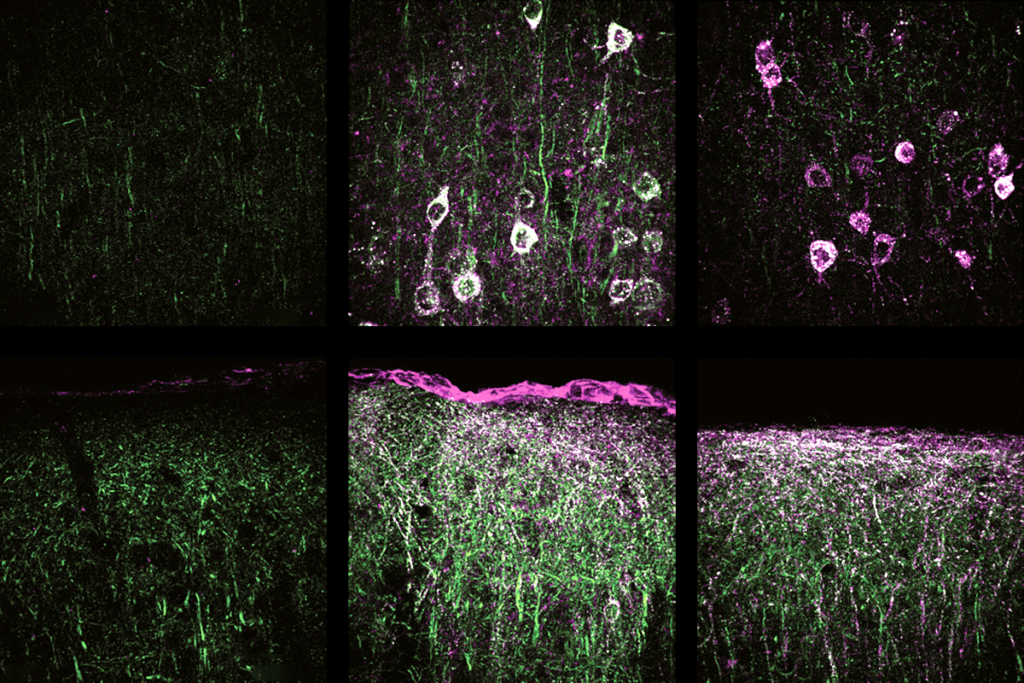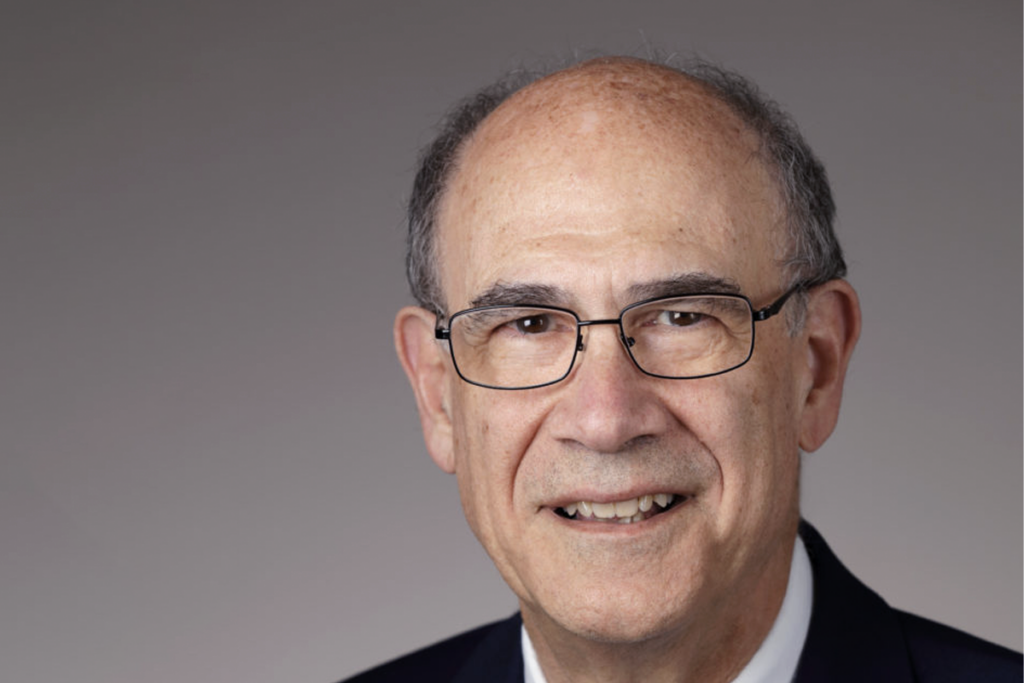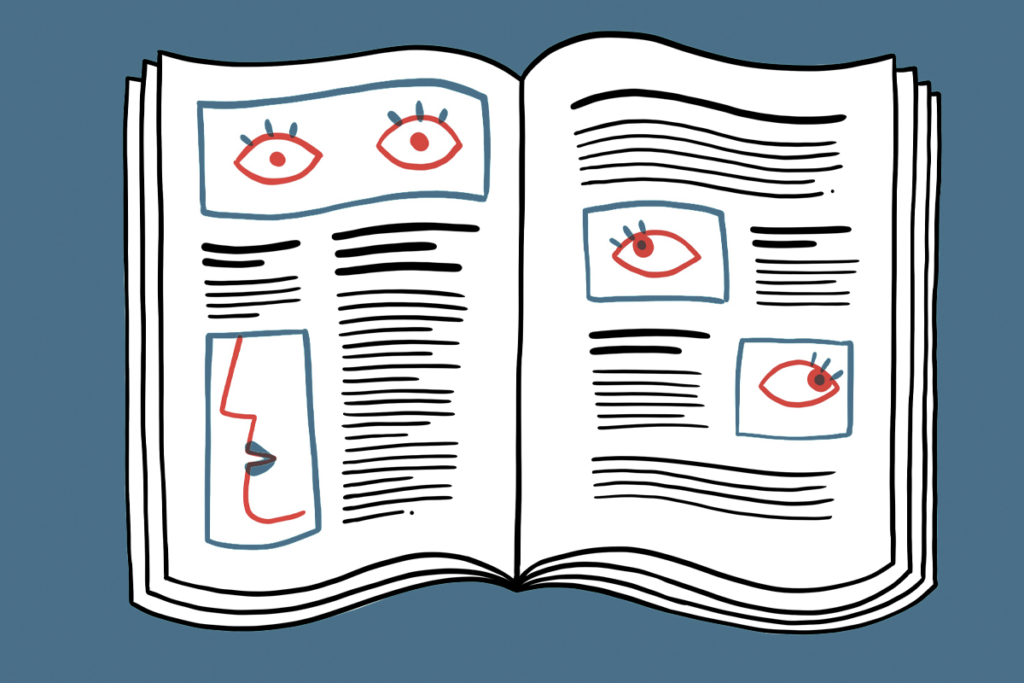Three sets of traits in siblings signal autism’s heritability
A study of more than 2,500 families that have at least one child with autism has found three factors that predict autism symptoms in an unaffected sibling.
A study of more than 2,500 families that have at least one child with autism has found three factors that influence autism symptoms in an unaffected sibling1.
Children who have two or more siblings with autism tend to have more autism traits than those who have only one affected sibling, according to the study. Having a sister with autism also ups the likelihood of autism traits, but only for boys who have at least two siblings on the spectrum.
The study also fingered a third influence on sibling risk: language problems. Unaffected children who have language delay and atypical speech qualities such as using odd phrases or invented words have more autism symptoms than those whose language development is typical. This finding suggests that language delays may be a signal that an individual carries autism risk factors.
The results, published 27 October in Molecular Autism, support the notion that families with more than one child on the spectrum harbor more genetic risk factors for autism than those with only one affected child.
“There seem to be three sets of siblings that are at increased risk for potentially passing on autism, because they have elevated [levels of] autism traits themselves,” says lead investigator Thomas Frazier, director of the Center for Autism at the Cleveland Clinic in Ohio.
Previous studies have uncovered individual pieces of autism’s heritability puzzle. In 2010, Frazier and his colleagues reported that children who have at least two siblings with autism show more symptoms than those who have only one2. And a 2012 study showed that boys who have a sister with autism show more repetitive behaviors than those with a brother on the spectrum3.
The new study backs up these findings in one large sample, and adds the language element. “I wanted to look at all of these things together,” Frazier says.
Going big:
Frazier and his colleagues analyzed data from the Interactive Autism Network, an online repository of information about children with autism and their siblings. The researchers looked at the severity of autism symptoms in 2,858 children with autism and 2,657 of their unaffected siblings. The children come from 2,262 ‘simplex’ families, in which only one child is diagnosed with autism, and 315 ‘multiplex’ families that have more than one affected child.
Previous studies have found that people who have first-degree relatives with autism tend to have more autism symptoms than those who have no family history of autism. But these studies were too small to spot differences in specific symptoms.
In the new study, the researchers discovered that unaffected children in multiplex families show a specific pattern of autism symptoms: resistance to change and restricted interests.
“What I thought was interesting about this is that they had such a big sample that they could see a specific pattern of symptoms that emerged,” says Raphael Bernier, associate professor of psychiatry at the University of Washington in Seattle, who was not involved in the study. “It starts to help us think about what aspects of autism symptoms hang together differently in families, and that might help inform us a little bit about the mechanism or scientific pathway.”
Although unaffected children in simplex families show fewer symptoms than those in multiplex families, the children with autism in simplex families are more severely affected than those in multiplex families. This finding jibes with the idea that autism in multiplex families stems largely from the additive effect of a slew of inherited variants, whereas autism in simplex families tends to arise from spontaneous, harmful mutations.
Language link:
The link between language delay and autism symptoms in unaffected children provides additional clues to the heritability of autism. It’s “particularly interesting” that language delays seem to track with autism symptoms in unaffected children regardless of how many siblings with autism they have, says Molly Losh, associate professor of communication sciences and disorders at Northwestern University in Chicago, who was not involved in the study.
Although autism in a child from a simplex family is generally thought to stem from a spontaneous mutation, language delay in an unaffected sibling suggests that the family also shares some heritable risk factors for autism. Symptoms such as language delay could help to create subgroups of simplex families for research, Losh says.
In addition to comparing symptoms among family members, the researchers calculated the likelihood that a next-born sibling will have autism. A child who is born after an affected girl has a higher risk of autism than one born after a boy with the condition, they found.
The researchers also found that boys in multiplex families who have a sister with autism show more autism symptoms than do children from any of the other families. These findings are consistent with the theory that girls are shielded from autism and require more genetic mutations than boys do to have autism.
Siblings with these symptoms may act as autism carriers who pass the condition on to future generations, Frazier says. “The unaffected kids may not necessarily have to show a phenotype in order to be [at] a higher risk for transmitting autism to their kids.”
References:
Recommended reading

SHANK3 deficiency and behavior in mice; and more

Autism scientists push back on CDC’s inaccurate vaccine claims

Gene replacement therapy normalizes some traits in SYNGAP1 model mice
Explore more from The Transmitter

